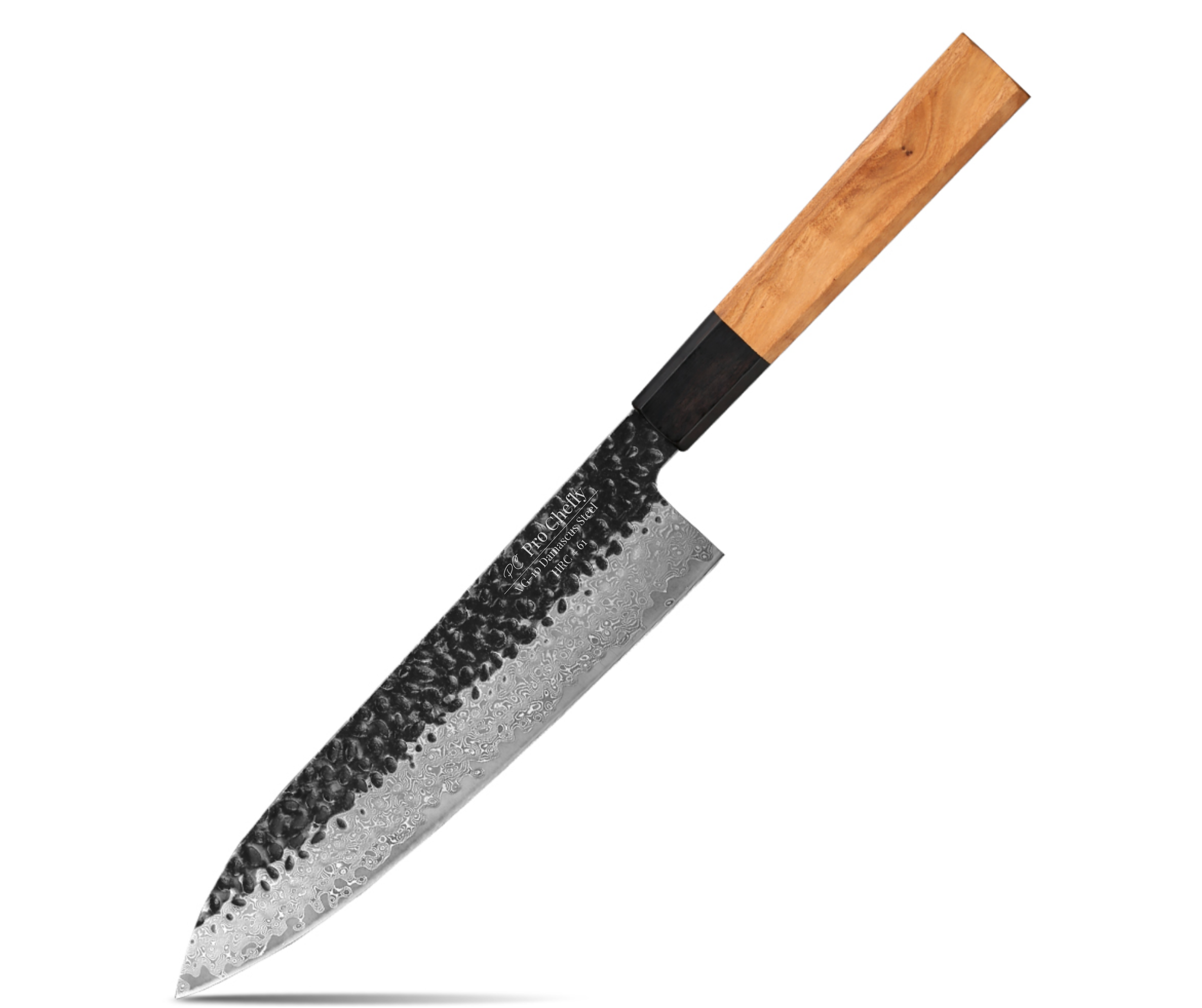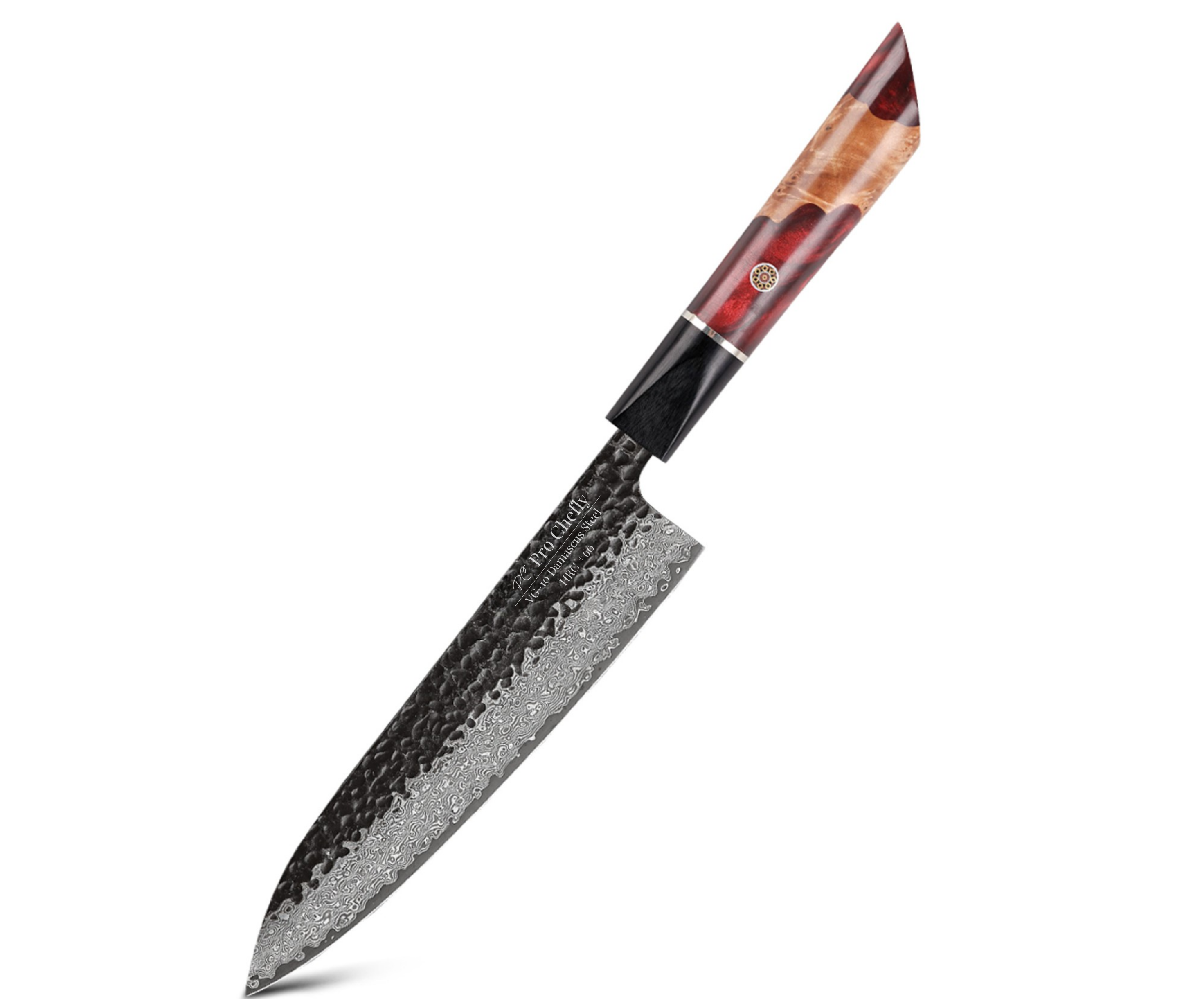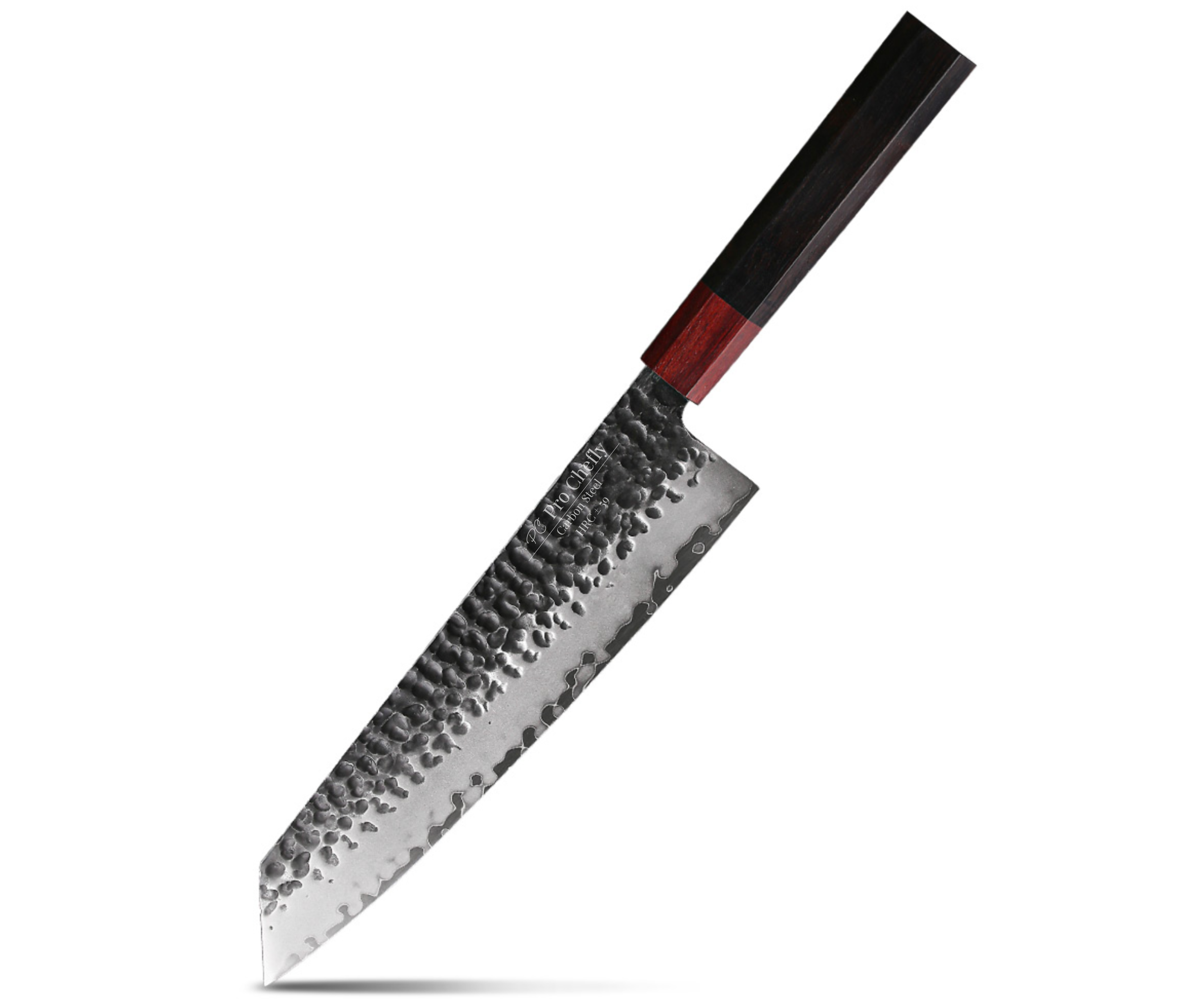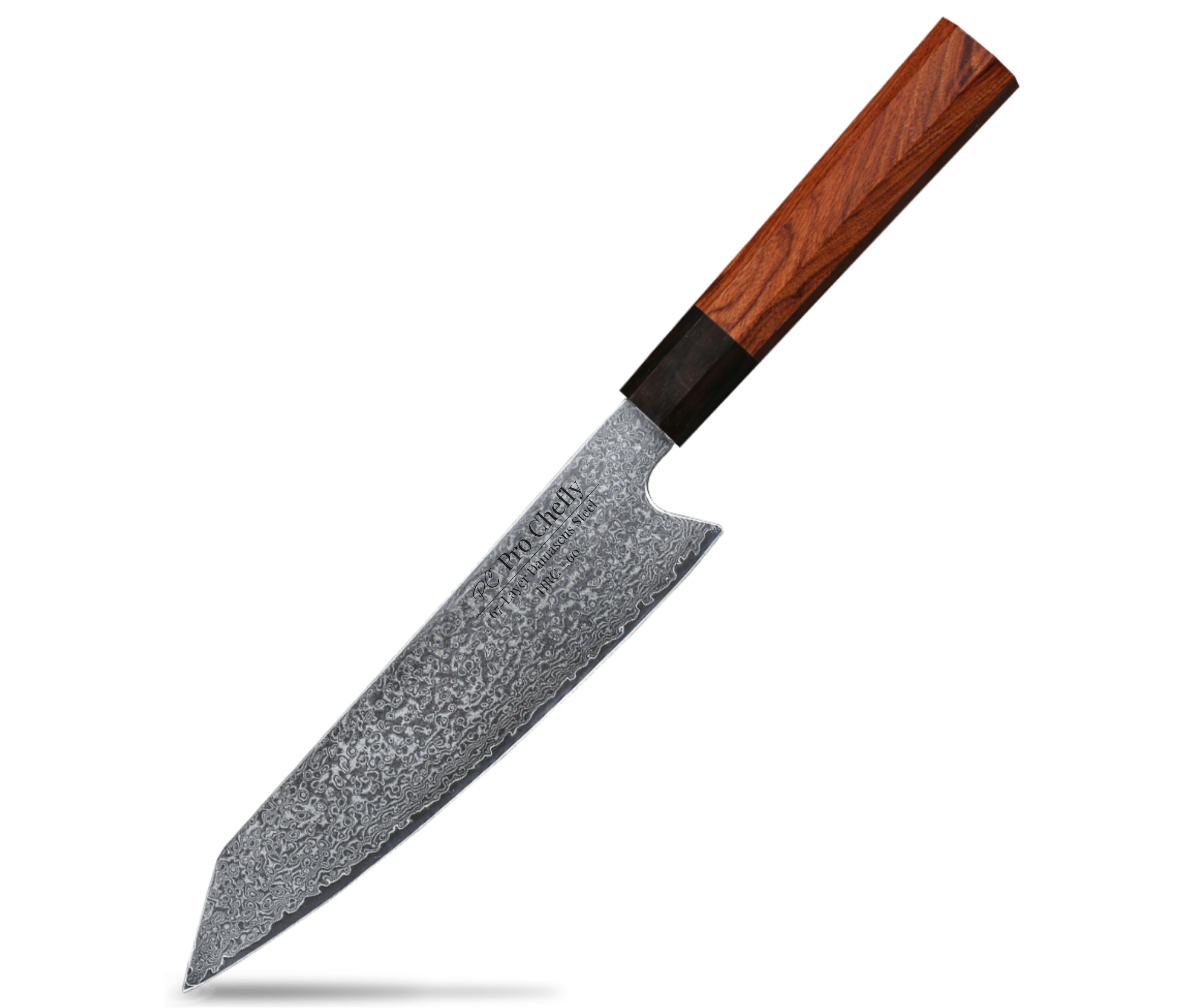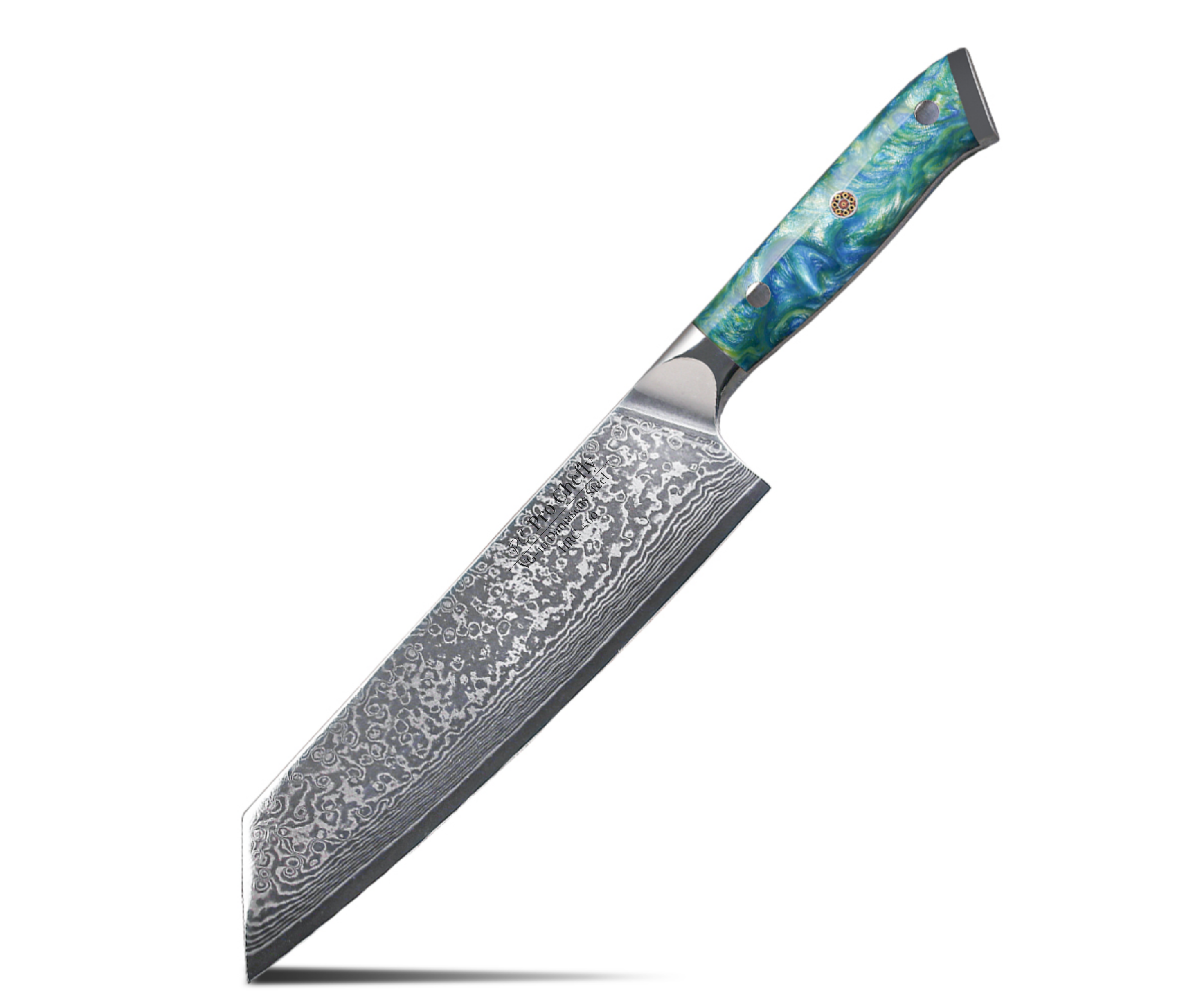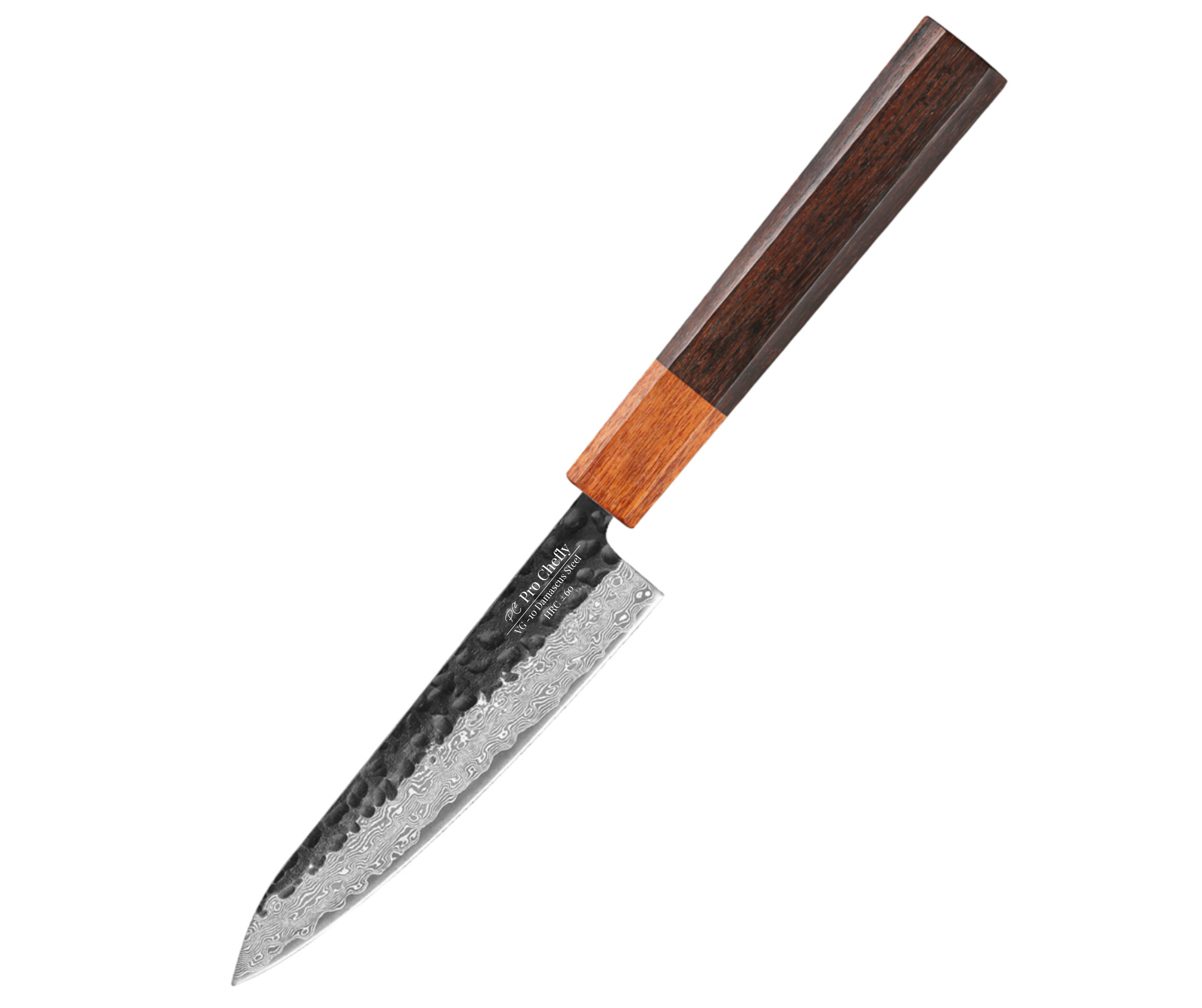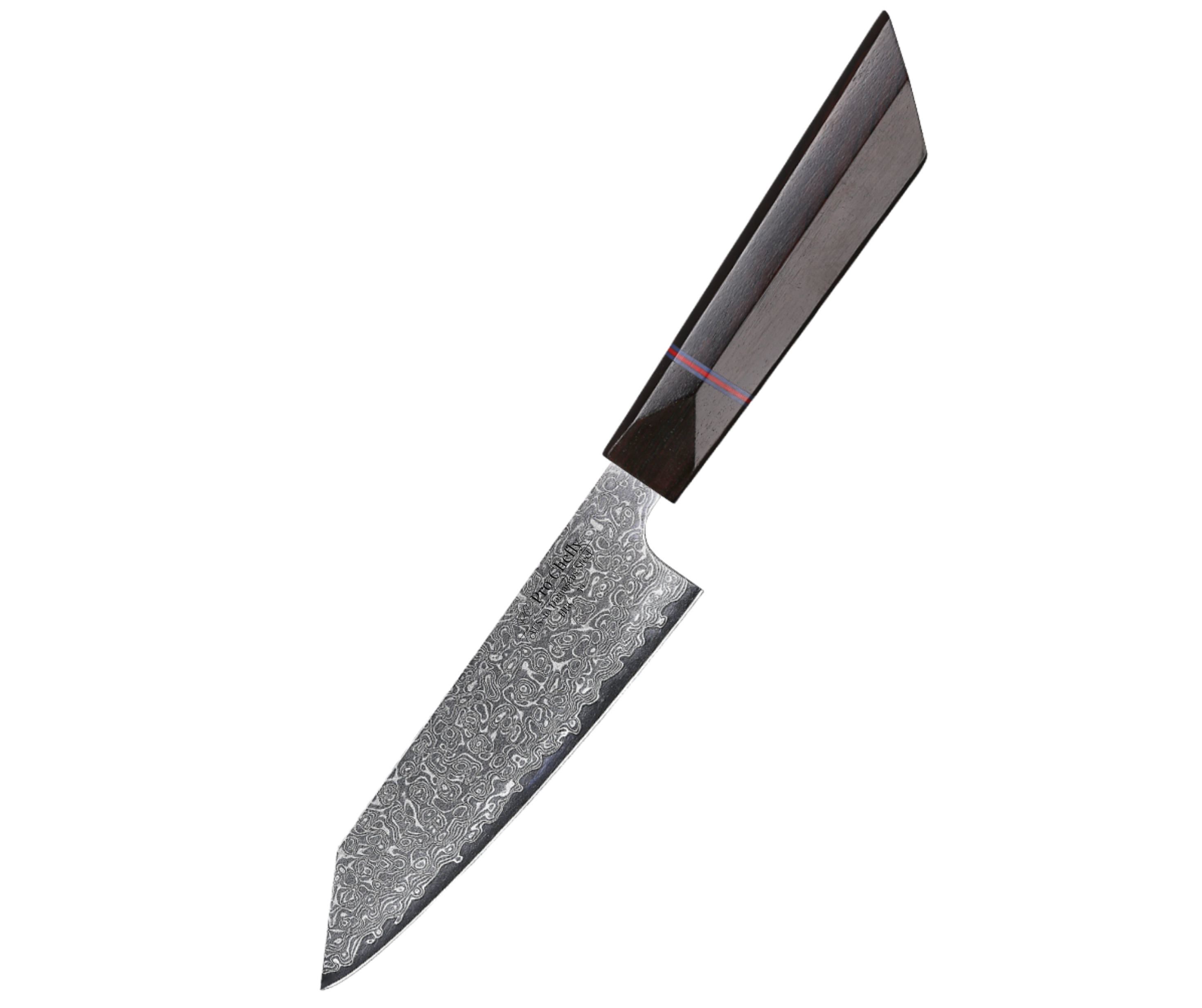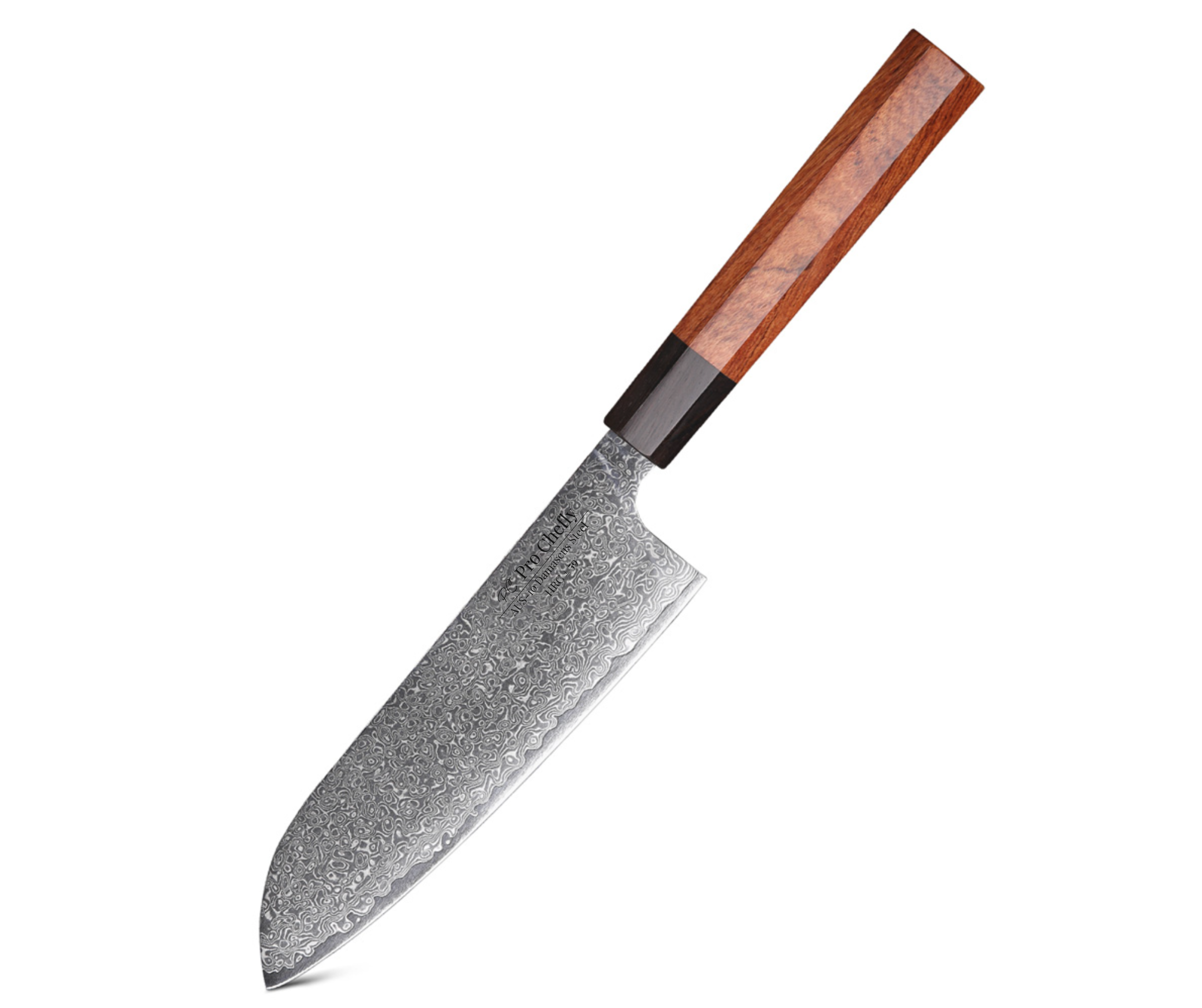Chef’s Overview
Dear Chefs — whole fish is one of those ingredients that separates the “home cook who dabbles” from the chef who’s living in the details. There is nothing like breaking down a whole fish yourself — it is primal, precise, and unbelievably satisfying. And when you choose the right knife… it becomes effortless. Today we’re talking Deba knives — the traditional Japanese fish filleting powerhouse. If you’ve read What Handle Materials Make the Best Chef Knives or How to Properly Sharpen and Maintain a Chef Knife at Home — this is the next evolution of your blade skill.

Why Whole Fish Filleting Needs a Different Blade Approach
Fish is delicate. The bones are structured differently than poultry or red meat. Filleting a fish is a test of control — not strength. The goal isn’t to “remove the meat.” The goal is to extract it cleanly. A Deba knife gives you the width, front-weight, and authority to ride the spine with confidence — without shredding the flesh.
Why the Deba Geometry Is Built for Fish
The Deba is a single-bevel powerhouse with:
-
thick spine / weight-forward power
-
wide blade for stability
-
tip control for precise entry cuts
-
enough density to cut through pin bones clean
This is the blade that lets you follow contour instead of “fighting” the fish. In Gyuto vs Chef Knife – Which Should Be Your First Investment for Holiday Feasts, we talked about “purpose-first” knife choices. Deba is the definition of purpose-first.
The Exact Step-by-Step Process to Fillet a Whole Fish with a Deba
Step 1 — Start at the Collar
Place the fish on its side. Grip the head firmly. Enter behind the gill plate with the tip. Angle slightly toward the head — not the fillet.
Step 2 — Ride the Spine
This is where the Deba earns its paycheck. Lay the blade flat against the spine. Long confident strokes — don’t saw. The weight of the blade does the work.
Step 3 — Lift and Separate
Use the height of the blade to gently lift the fillet as you glide. Gravity is your teammate — not force.
Step 4 — Repeat on the Flip Side
Fish are symmetrical. Filleting the second side is easier — your knife has made the roadmap.
Step 5 — Take Off the Skin (Optional)
If you want skinless fillets — angle just above the skin and let the blade glide. The Deba’s weight makes this almost hypnotic.
Which Pro Chefly Deba Is Made for This Work
In our lineup — the exact blade built for this job is the 6.5" Deba Knife. It’s dense enough to power through the structure of the fish — yet refined enough to let you make scalpel-precise angle changes without tearing that beautiful flesh you worked so hard for.
This is one of those knives you don’t buy until you realize you need it — then suddenly you can’t imagine doing whole fish without it.
The Wrap-Up Twist — A Whole Fish Is a Whole Chef
Dear Chefs — filleting fish is a ritual. It’s intimate. You’re not cutting “around bones” — you’re following a map. And when you bring the correct tool — the process becomes almost meditative. You don’t just end up with a perfect fillet — you end up with the satisfaction of extraction, precision, and total blade mastery. The Deba isn’t just a fish knife. It’s a rite of passage.
Knife Collections
Shop the latest in Pro Chefly Damascus Knives
Chef's Notes
Stay up to date with the latest kitchen stories and recipes

- October 27, 2025
Dear Chefs, this one’s for the nights when autumn is in full swing — the air cool, the kitchen warm,...

- October 26, 2025
Dear Chefs, when the pumpkins are glowing and your countertop is dusted with sugar instead of flour, precision becomes the...

- October 20, 2025
Dear Chefs, can we talk about the real hero of fall breakfasts and cozy weekend lunches? It’s not the pumpkin...
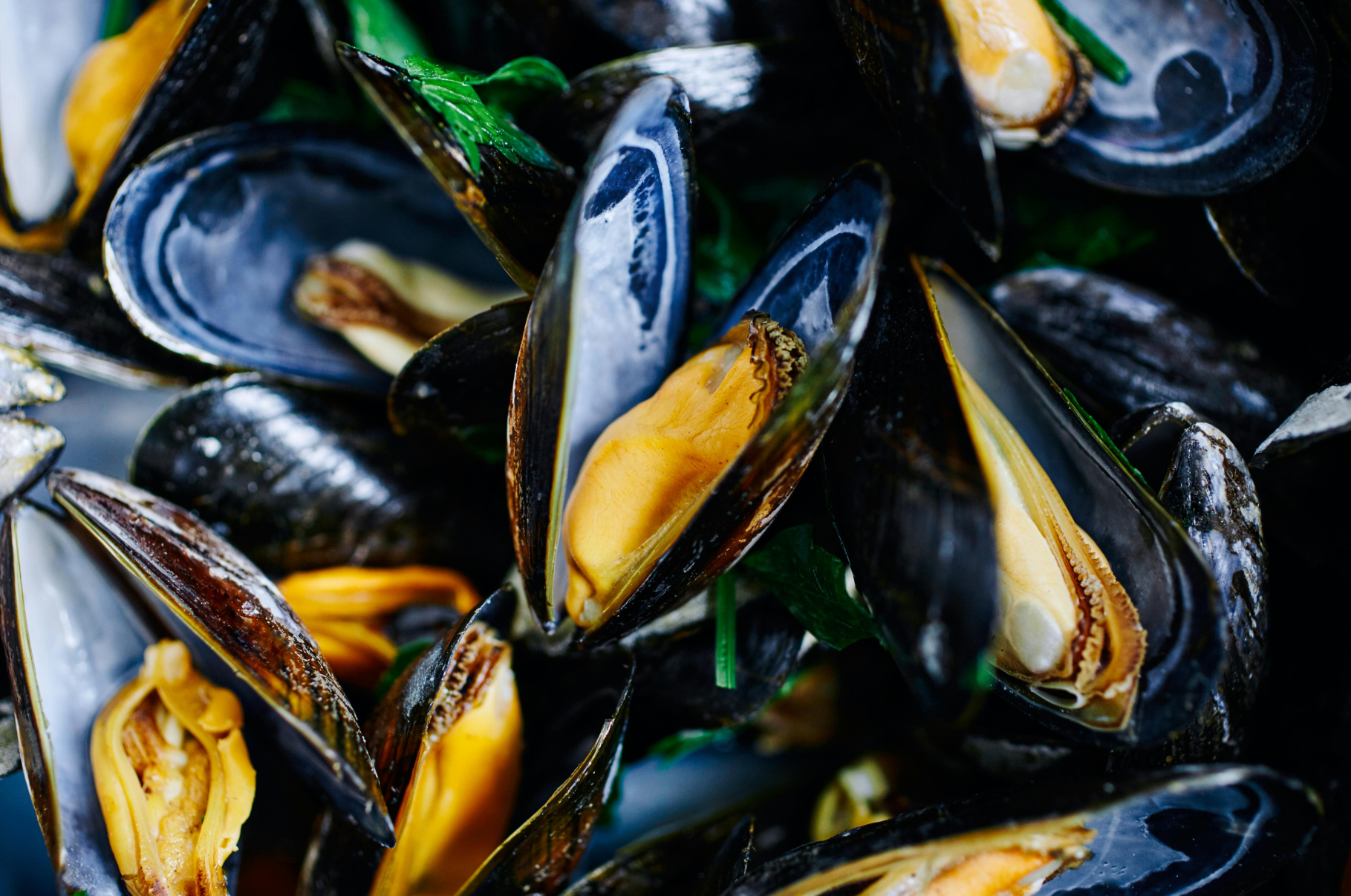
- October 12, 2025
Dear Chefs, this bistro-classic comes together in minutes: sweet mussels, a crisp white wine, and a silky butter emulsion you’ll...
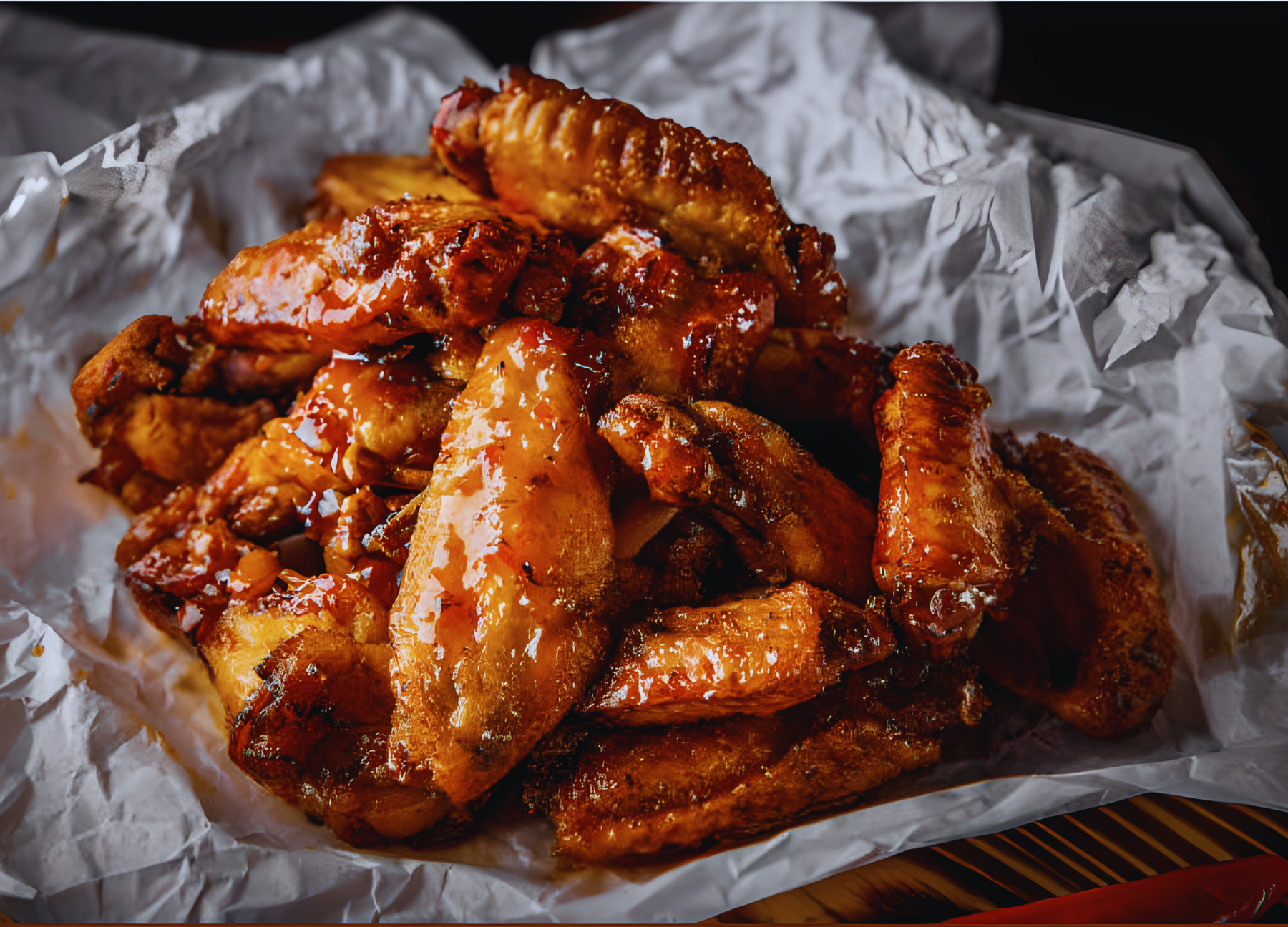
- September 16, 2025
Dear Chefs, there are few things as sacred as game day rituals: the jersey, the TV remote, and, of course,...

- September 11, 2025
Dear Chefs, some dishes don’t just feed the stomach—they hug the soul. Butter chicken is one of those dishes, rich...
- Choosing a selection results in a full page refresh.
- Opens in a new window.


